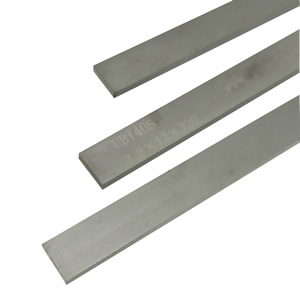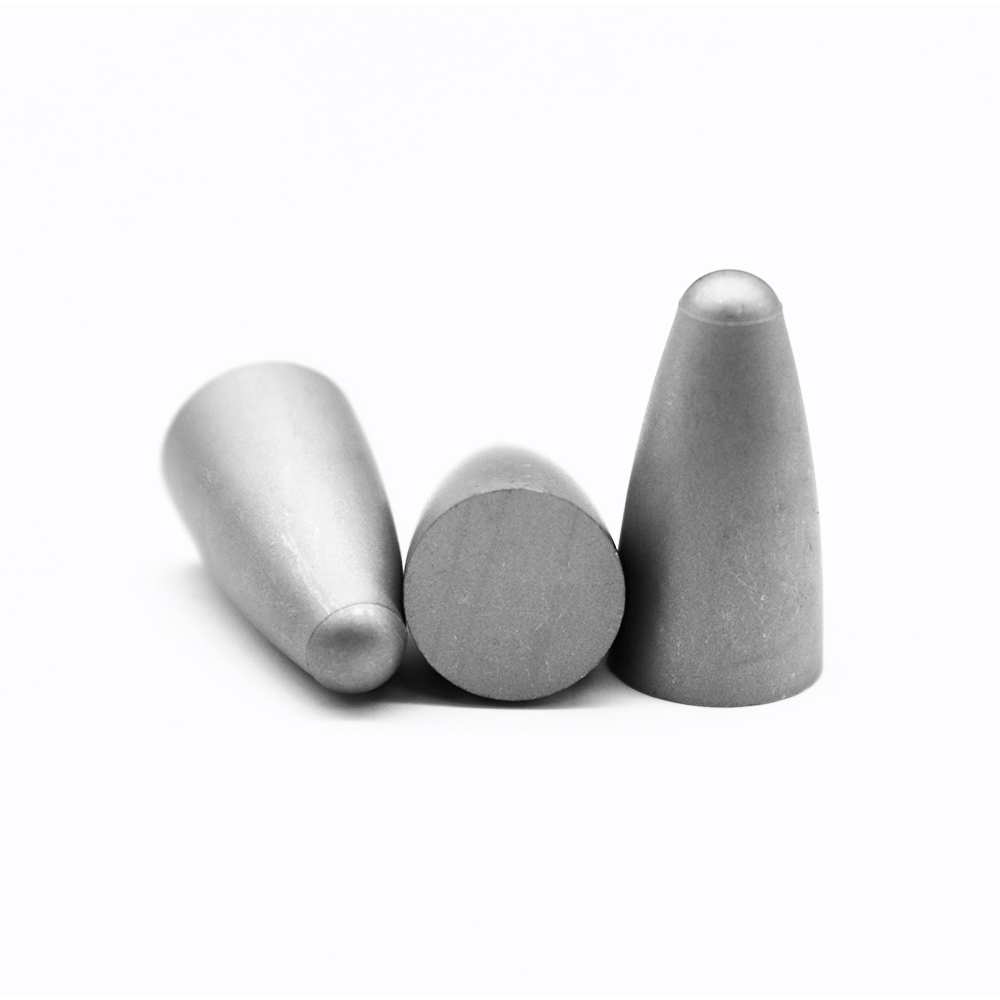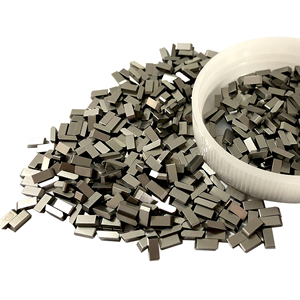The Principle of Metallurgical Powder Sintering
The Principle of Metallurgical Powder Sintering

The powder metallurgy method is to make the raw materials of the alloy into powder, then mix these powders in an appropriate amount, and then press and solidify them into a certain shape. These powder blocks are placed in a reducing atmosphere, such as hydrogen, heated, and sintered to form an alloy. This is the metallurgical method that is completely different from previous casting methods.
Sintering as referred to here can be simply defined as the promotion of agglomeration of metal grains by the action of pressure and heat. We apply a certain amount of pressure to the powder with the alloying composition to compact it. At high temperatures, the powders in close contact stick to each other and gradually fill the voids to form a high-density alloy. The heating temperature at this time is the melting temperature of the low melting point component in the alloy components. Therefore, the alloy ingot is sintered at a temperature below the melting point of the entire powder composition. This method is similar to combining the two processes of melting and casting, and its properties are close to those of cast alloys. But from a metallographic point of view, it should be a branch of alloy castings.
Cemented carbide is produced by this powder metallurgy method. Typically, powders such as tungsten, carbon, cobalt, titanium, and cerium are used for batch mixing, then pressed and sintered to form alloys. Therefore, the product of this metallurgical process is also called cemented carbide or cemented carbide. In recent years, powder metallurgy methods have developed very rapidly. Carbide, oil-containing alloys, electrical contacts, metal-bonded diamond grinding wheels, and special decorative metal products are manufactured using this powder metallurgy method.
If you are interested in tungsten carbide products and want more information and details, you can CONTACT US by phone or mail at the left, or SEND US MAIL at the bottom of the page.





















